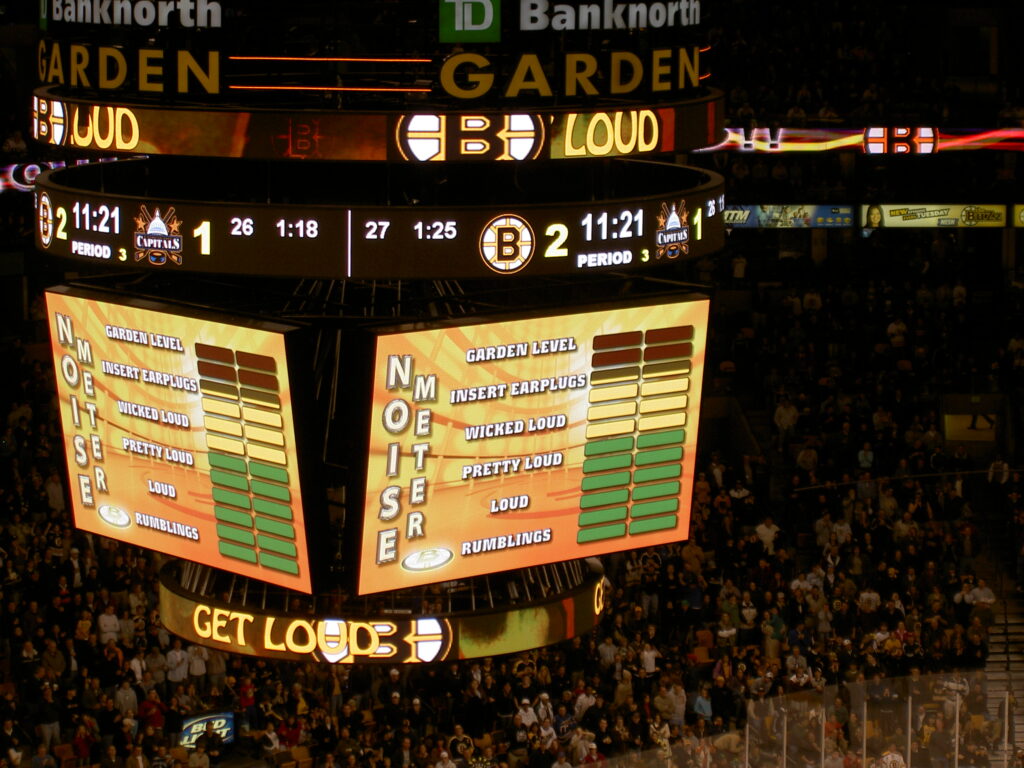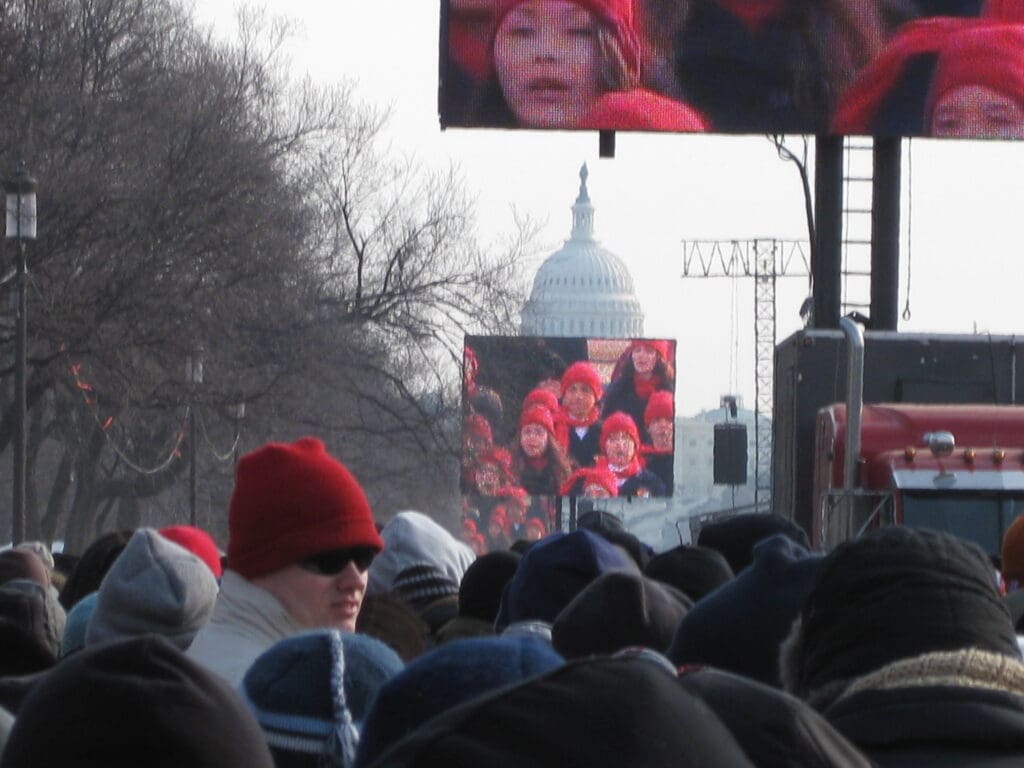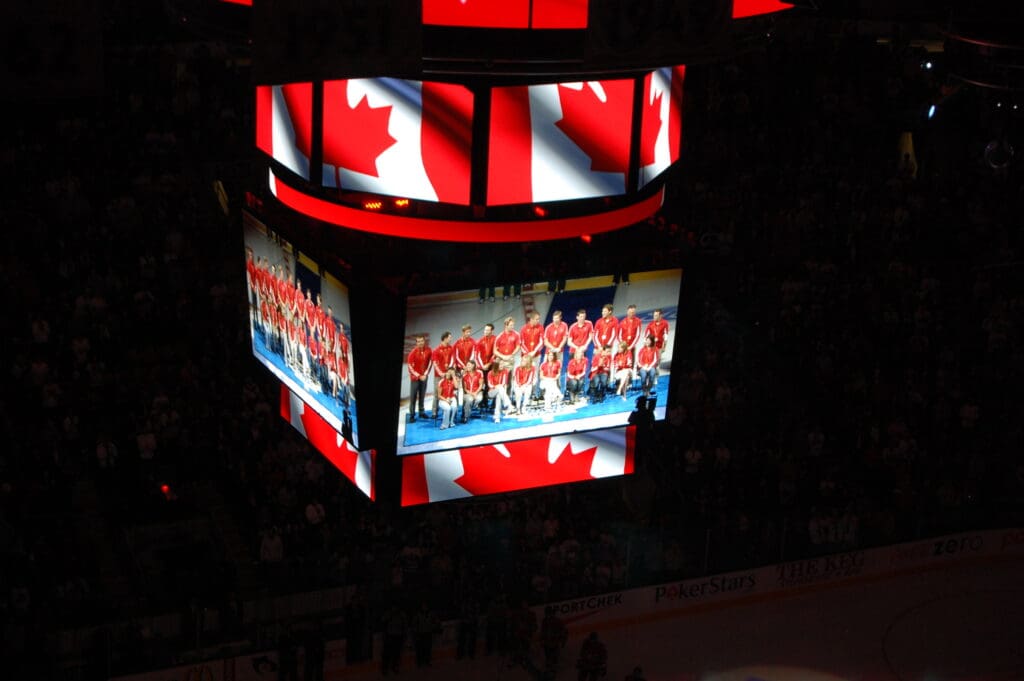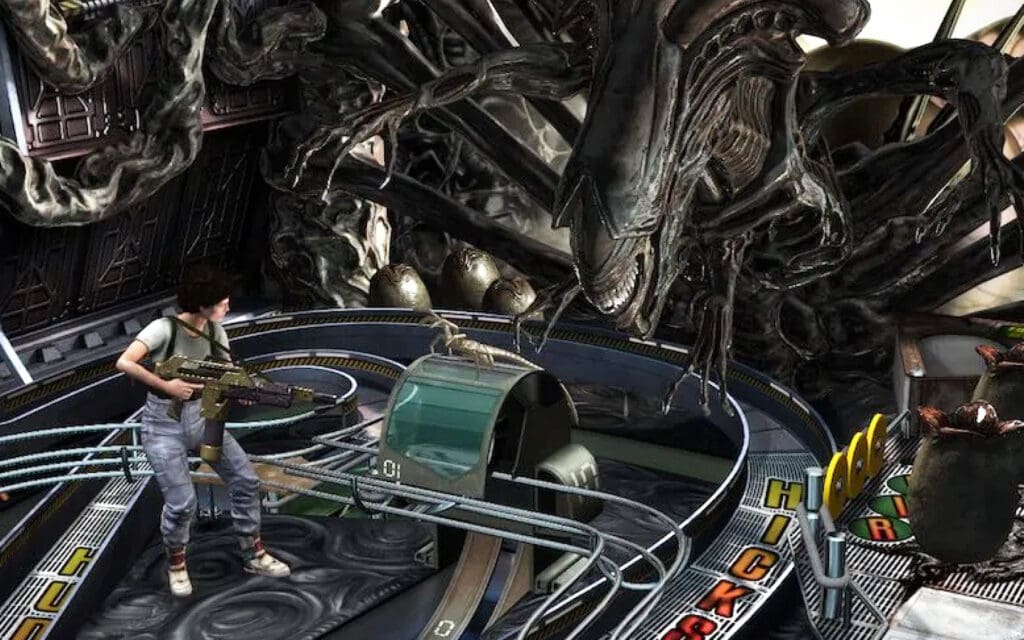Jumbotrons aren’t just for sports stadiums anymore. These massive digital displays have evolved far beyond their original purpose, becoming a powerful tool for entertainment, advertising, and public engagement. From towering billboards in city centers to interactive art installations and high-tech corporate spaces, Jumbotrons are transforming how we experience information and media.
Whether enhancing live events, revolutionizing brand marketing, or even shaping smart city landscapes, their presence is bigger—and more innovative—than ever. Here’s a look at some of the most unexpected and groundbreaking uses of Jumbotrons today.
15. Unusual Places You’ll Find Jumbotrons

Jumbotrons aren’t just for stadiums anymore. Some high schools, like Manteca High in California, have installed scaled-down versions for their sports events. Even more surprisingly, enthusiasts are bringing Mini Jumbotrons into their homes, creating epic game rooms and man caves for the ultimate viewing experience.
14. Jumbotrons and Advertising: A Perfect Match

Jumbotrons are a powerful advertising tool, capturing 400% more views than static displays. They significantly boost brand awareness, with a 47.7% effectiveness rate. Digital signage can increase profits by 124% and elevate sales by approximately 7%, making it a game-changer for businesses looking to maximize their marketing impact.
13. The Future of Jumbotron Technology

Jumbotron technology continues to evolve, with future developments focusing on higher resolution, energy efficiency, and interactivity. Emerging trends include 8K displays, transparent LED screens, and AI-powered content optimization. These advancements promise to enhance viewer experiences in stadiums, arenas, and public spaces, making Jumbotrons more immersive and engaging than ever before.
12. Innovative Uses of Jumbotrons in Public Spaces

Jumbotrons have expanded beyond stadiums and arenas into urban landscapes. In Times Square, they serve as massive advertising platforms, while in other cities, they display public information, weather updates, and emergency alerts. Modern Jumbotrons integrate with wireless networks and smart content management systems, allowing for real-time updates and audience interaction.
11. Jumbotron Maintenance: A Complex Operation

Maintaining a Jumbotron is no small feat. These massive displays require regular cleaning, component replacements, and software updates. Technicians often use specialized lifts and harnesses to access high-mounted screens. The modular design allows for targeted repairs, minimizing downtime. Annual cleaning can take over 100 hours, significantly reducing operational costs and extending the Jumbotron’s lifespan.
10. Energy Consumption of Modern Jumbotrons

Modern Jumbotrons are surprisingly energy-efficient. They use high-efficiency LEDs that produce more lumens per watt, providing better brightness while consuming less energy. Advanced power management systems can put sections of the screen into standby mode when not in use, resulting in substantial energy savings for large outdoor displays that run continuously.
9. The Role of Jumbotrons in Times Square

Jumbotrons have been a defining feature of Times Square since 1990 when Sony unveiled the first outdoor video screen. These massive displays revolutionized advertising in the area, with One Times Square becoming a prime location. Today, the building generates over $23 million annually in ad revenue, showcasing the enduring impact of Jumbotron technology.
8. Jumbotrons Beyond Sports: Concerts and Festivals

Jumbotrons have become essential at music festivals and concerts, enhancing the experience for attendees. These massive screens display close-ups of performers, lyrics, and special effects, ensuring everyone in the crowd feels connected to the action. Some concerts even use multiple jumbotrons for immersive, 360-degree visual experiences.
7. The Kiss Cam Phenomenon

The Kiss Cam, a popular Jumbotron feature, originated in California in the early 1980s. It was designed to fill gaps in play during baseball games, taking advantage of newly introduced giant video screens. The tradition has since spread to various sports and arenas, becoming a beloved part of the in-game entertainment experience.
6. Jumbotrons in Pop Culture: Movies and TV Shows

Jumbotrons have become iconic elements in various films and TV series, often used to heighten dramatic moments or showcase important events. Notable appearances include the Times Square scenes in “Spider-Man” (2002) and “Vanilla Sky” (2001). In TV shows like “The Simpsons” and “Friends,” jumbotrons have been featured for comedic effect or plot development.
5. The Jumbotron’s Impact on Sports Viewing

Jumbotrons have revolutionized the stadium experience, providing instant replays, close-ups, and interactive entertainment. They ensure every fan, regardless of seat location, can follow the action. These massive screens have become integral to modern sports, enhancing engagement through features like kiss cams and live social media feeds.
4. Record-Breaking Screens: Largest Jumbotrons in History

The largest Jumbotron ever was at SkyDome (now Rogers Centre) in Toronto, measuring 10m tall by 33.5m wide. However, modern LED screens dwarf it. The current record-holder is the Sphere at The Venetian Resort in Las Vegas, boasting a colossal 54,000 square meters of LED surface.
3. From Bulbs to LEDs: The Evolution of Display Technology

Early Jumbotrons used cathode ray tubes and small light bulbs, resulting in low-resolution displays. The technology evolved to LED panels, offering brighter images and higher energy efficiency. Modern Jumbotrons feature millions of LEDs, providing crystal-clear visuals and vibrant colors, even in broad daylight.
Related: The Best and Worst Stadiums in the NFL, Ranked
2. Sony vs. Mitsubishi: The Battle of the Giants

While Sony coined the term “JumboTron” in 1985, Mitsubishi Electric had introduced its own large-scale video board called “Diamond Vision” five years earlier. Both Japanese companies claim to have invented the technology, sparking a rivalry in the large-screen industry. Mitsubishi’s Diamond Vision debuted at the 1980 Major League Baseball All-Star Game, setting the stage for a competitive era in giant display technology.
Related: The 13 Most Historic Baseball Stadiums in the U.S.
1. The Birth of the Jumbotron

The Jumbotron was born in 1985 when Sony unveiled its massive video screen at the World’s Fair in Tsukuba City, Japan. Measuring an impressive 40 meters by 25 meters (131 x 82 feet), this technological marvel cost a staggering $16 million to develop. The brainchild of Yasuo Kuroki, Sony’s top designer, the Jumbotron revolutionized large-scale video displays.






